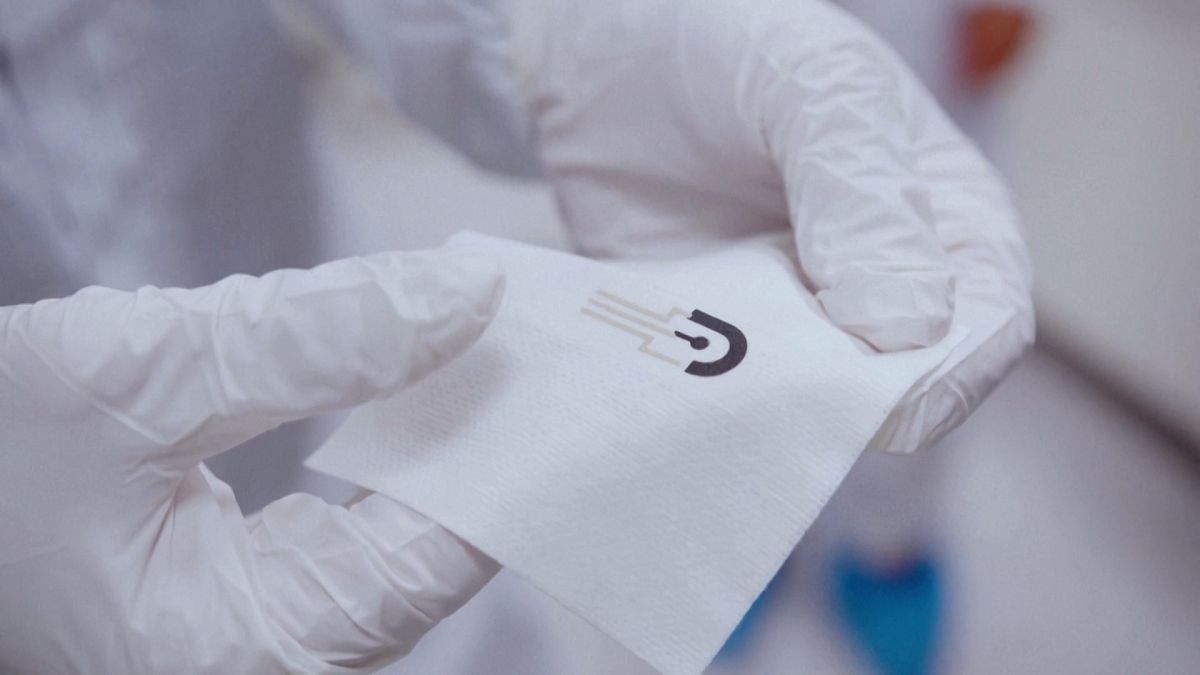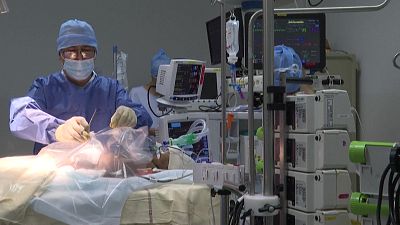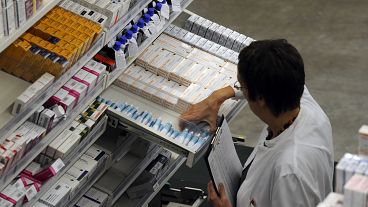The “smart” dressing works by monitoring the pH level of a wound, a key piece of data that can inform doctors how well it is healing.
Three students from Poland have been awarded this year’s prestigious James Dyson Award for design for developing a smart sensor for dressings which indicates how well a patient’s wound is healing.
The SmartHEAL device is a dressing that monitors the condition of chronic wounds and can detect infection without being removed and disrupting the tissue.
"Every time you take off the band-aid dressing, you're introducing new pathogens, you risk infections, you disrupt the tissue, slowing the healing process and most importantly, it's very uncomfortable for the patients. It's painful,” explained Tomasz Raczynski, one of three PhD students from the Warsaw University of Technology behind the invention.
“With SmartHeal you can see beneath the dressing without taking it off," he added.
SmartHEAL provides doctors and patients with a key piece of data - the pH level of a wound - that can tell them how a wound is healing.
The team says that when they heard about the link between the pH of a wound and the healing process, they realised they could solve a problem that affects around 2 per cent of people in developed countries, according to the US’ National Center for Biotechnology Information.
“Our invention is based on a pH sensor that is integrated within the plaster and this pH sensor allows us to check the state of the chronic wound and informs the user whether he's supposed to change the dressing or keep the dressing on the wound,” Dominik Baraniecki, another member of the team, told Reuters.
Each dressing has an electronic pH monitor printed on fabric and a radio-frequency identification (RFID) antenna which can communicate with a mobile phone or tablet placed near it.
The team say the system they have built can be mass produced with current textile industry processes at a cost of just a few cents each.
"The best part of all of it is that even with our prototypes, we are using the same manufacturing technology that is used in the textile industry, in mass producing," Piotr Walter, an electrochemist and one of its creators, said.
Unlike wounds that heal at a normal rate, chronic wounds need to be kept covered which makes it difficult to ascertain if they need attention without disturbing it to examine its condition.
The most common mistake in wound healing is changing the dressing too often, which can lead to severe illness or death, the team says.
They plan to use the $35,000 (€33,751) prize money to begin clinical trials and hope to complete the certification process in time to start selling SmartHEAL dressings in 2025.
For more on this story, watch the video in the media player above.



